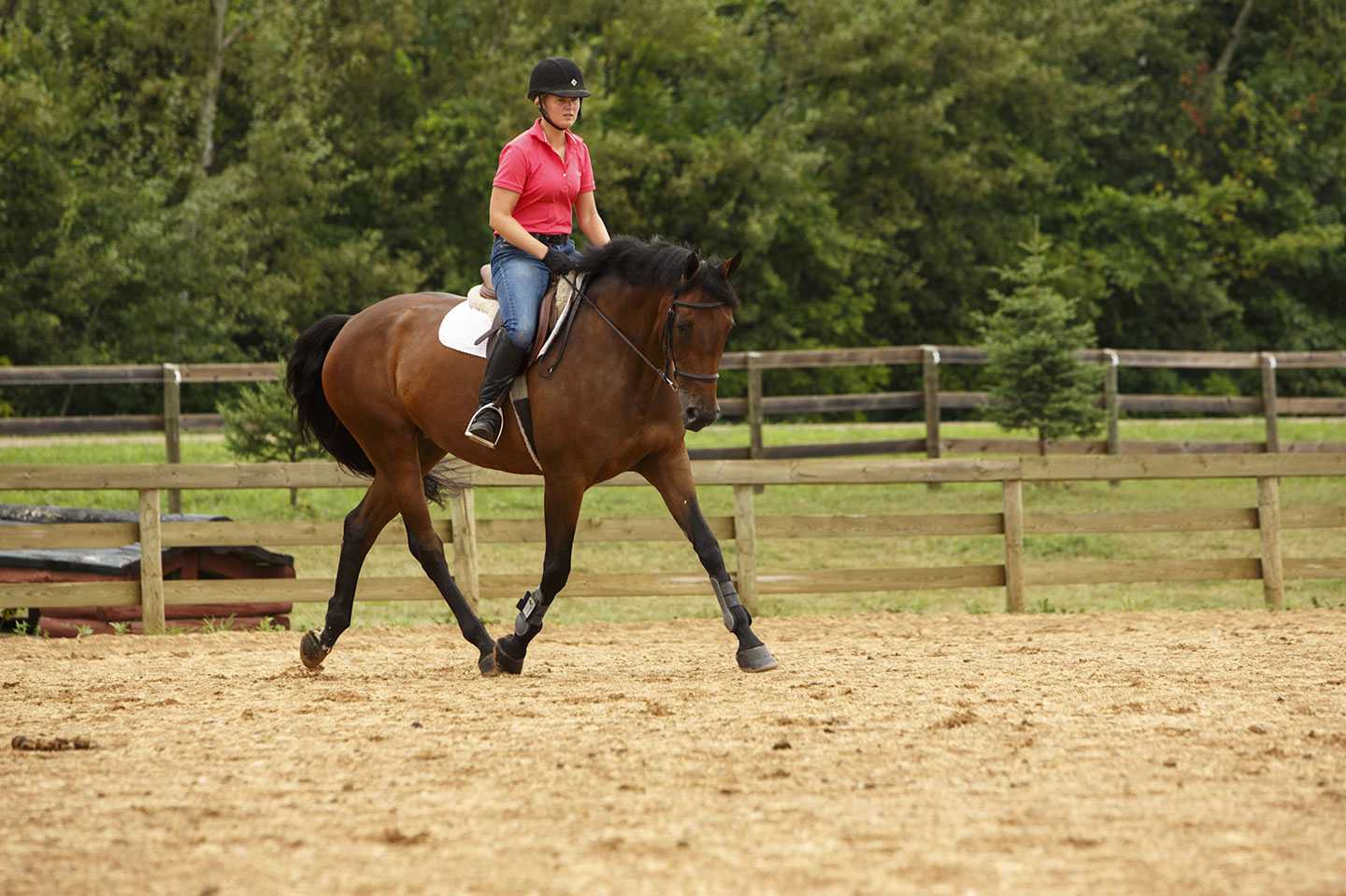Warm Temps & Water Consumption

The transition in temperature and humidity from cool season to warm season may require an adjustment in watering horses. Reduced water consumption may impair performance and may increase the risk of impaction colic. Also, horses that are not conditioned properly may sweat more profusely than a well-conditioned horse, and thus dehydrate faster. This is particularly important early in the season when temperatures may change suddenly and horses may not yet be in peak condition.
The first key element is to make certain that horses have ready access to clean, palatable, cool water at all times or at very frequent intervals. Horses will normally consume about 1 gallon of water per 100 lbs body weight, so an 1100 lb horse will require a minimum of 11 gallons of water per day. This quantity can increase substantially during periods of exercise, high heat/humidity or for lactating mares.
Some tips to keep in mind to keep water consumption up:
- Horses do not like to consume warm water in warm temperatures. Automatic waterers or large tanks, located in the shade and cleaned regularly, may be good options. If water is supplied in buckets, they need to be cleaned regularly and re-filled regularly.
- If you are traveling to a show or other competition, it is essential to monitor water consumption, particularly if temperature conditions change.
- It is routine in many barns to flavor the water with something like wintergreen or peppermint at home so that you can flavor the water in new facilities to match the home water. Read here for tips on training your horse to drink water away from home.
- Do NOT use soft drinks or any material containing caffeine as these can trigger positive drug tests.
- Taking horses to facilities with chlorinated water can sometimes reduce water consumption without proper precautions.
The second key element is to make certain that salt is offered free choice. Things to keep in mind for salt consumption in horses include:
- Horses require 1-2 ounces of salt per day, and this can increase to 6 ounces per day with exercise in hot weather conditions.
- Loose salt is consumed more readily than salt blocks in many cases.
- When evaluating the total diet for salt consumption, commercial feeds normally contain 0.5-1.0% salt. It is not typically any higher than this, due to problems with palatability.
- If a horse has been salt deficient or is bored, they may over-consume salt while in a stall.
- Additional electrolytes, commercial or personal recipe, may be used per directions before, during and following completion, but care must be taken to ensure that the horses are drinking adequate water. Administering electrolytes to a horse that is not drinking properly, or allowing a horse to over consume salt without adequate water, can lead to electrolyte imbalances. If electrolytes are added to the water, plain water should be offered also.
Horses need to be offered water throughout the day at a competition, and should be re-hydrated following exertion. They cannot cool out and recover properly without being re-hydrated. Keeping horses properly hydrated and maintaining electrolyte balance is extremely important in order to make a safe transition from cool temperatures to summer time and competition.
